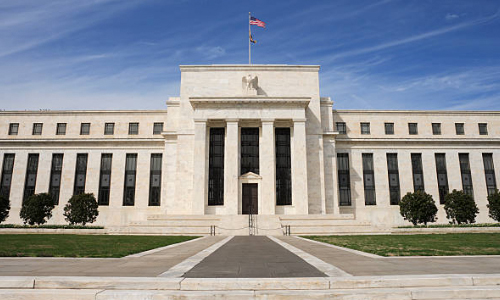In the ever-evolving landscape of real estate, understanding the broader economic context, particularly the Federal Reserve’s interest rate policies under Jerome Powell, is crucial for agents and brokerages. Powell’s strategic maneuvers to balance inflation with employment stability have significant implications for the real estate market. This blog post delves into these nuances, offering actionable insights for real estate professionals looking to navigate these changes and leverage them for business growth.
Jerome Powell’s Economic Balancing Act
At the helm of the Federal Reserve, Jerome Powell has faced the daunting task of curbing the highest inflation rates in four decades without destabilizing employment levels. His response—a series of calculated interest rate hikes—has cooled the economy while maintaining near-record employment. For real estate professionals, this delicate balance signals a unique market environment where understanding interest rate trends becomes pivotal in advising clients and strategizing for growth.
The Direct Impact on Real Estate
Interest rate adjustments directly influence mortgage rates, thereby affecting home affordability and buyer behavior. Powell’s approach, marked by gradual increases, aims to temper inflation without shocking the housing market. For agents and brokerages, this means staying abreast of rate changes and their implications on buying power is essential. Educating clients about the impact of these rates on long-term mortgage costs can position you as a knowledgeable advisor, fostering trust and loyalty.
Strategies for Real Estate Professionals
- Market Analysis and Education: Become an expert in interpreting economic indicators and their impact on real estate. Use this knowledge to educate your clients, helping them make informed decisions.
- Flexible Financing Solutions: Develop relationships with a variety of lenders to offer your clients diverse financing options. Understanding the nuances of fixed-rate versus adjustable-rate mortgages becomes crucial as interest rates fluctuate.
- Investment Timing: Guide investors to understand how interest rate trends affect property values and rental yields. In a rising rate environment, shorter-term investments or those with potential for quick value-add improvements might be more appealing.
- Portfolio Diversification: Encourage clients to consider a diverse range of properties, including those less sensitive to interest rate changes, such as commercial real estate or multifamily units, to hedge against market volatility.
- Technology and Innovation: Leverage technology to streamline operations and enhance client experiences. In a market sensitive to economic shifts, efficiency and agility can provide a competitive edge.
Navigating Uncertainties
Powell’s cautious stance on rate reductions, despite falling inflation, suggests a future where economic conditions remain fluid. Real estate professionals should prepare for various scenarios, from continued rate hikes to potential cuts, by building adaptable business models and maintaining financial cushions.
Long-Term Outlook and Sustainability
The Fed’s efforts to restore price stability and ensure economic health are long-term endeavors. For real estate agents and brokerages, this underscores the importance of sustainable business practices. Focusing on building strong relationships, investing in community development, and advocating for affordable housing can contribute to a resilient business model that withstands economic ebbs and flows.
Conclusion: Embracing Change for Growth
Jerome Powell’s tenure at the Federal Reserve illuminates the intricate dance between economic policy and the real estate market. For agents and brokerages, the key to thriving in this landscape lies in embracing change, leveraging insights into interest rate policies for strategic planning, and continuously adapting to serve clients effectively. By doing so, real estate professionals can not only navigate the currents of economic policy but also chart a course for sustained growth and success in a dynamic market environment.


